Film History and Eclectic Architecture Abound in Bayside, Queens
Brownstoner recently took a look at historical and culinary highlights centered on or near Bell Boulevard, the “main street” of Bayside, Queens. But the neighborhood is large and goes far beyond that stretch, with a deep history in film, theater and sports, as well as eclectic architecture. Here are some of Bayside’s historical and architectural…

Brownstoner recently took a look at historical and culinary highlights centered on or near Bell Boulevard, the “main street” of Bayside, Queens. But the neighborhood is large and goes far beyond that stretch, with a deep history in film, theater and sports, as well as eclectic architecture.
Here are some of Bayside’s historical and architectural highlights.
The Boundaries of Bayside
Bayside is defined by the East River on the north, the Clearview Expressway on the west, the Long Island Expressway on the south, and the Cross Island Parkway and Alley Pond Park on the east.
Unlike a great deal of suburban localities, its side streets feature somewhat individualistic and eclectic architecture, since it was settled in the early 1900s, before Levittown initiated the concept of “cookie-cutter” suburban tracts.
A Pre-Hollywood Home for Film Actors
In the 1910s Bayside became a film actors’ colony until the nascent industry decamped to Hollywood. The Famous Players-Lasky Corporation built studios in Astoria that still stand today, employing many of the stars who settled in Bayside. Bayside joined South Greenfield (now part of Midwood), Brooklyn, as a filmmaking hotbed, with D.W. Griffith in particular filming hundreds of productions.
Corbett Road became a favorite spot for stars to make their homes, with W.C. Fields (who would rather have not been in Philadelphia), Norma Talmadge and John Barrymore all living along the scenic way overlooking Crocheron Park. Years after the film industry moved to California, Paul Newman briefly resided on Corbett as well.

Golden Pond, 35th Avenue
Broadway Producer’s Estate Becomes Golden Park and Pond
Golden Pond, as well as a nearby park, were named for John Golden (1874-1955), a longtime Bayside resident, Broadway producer and showbiz patriarch. The kettle pond, left behind by a retreating glacier at the end of the last Ice Age, and the park are on the former grounds of his estate.
During his career, Golden produced more than 150 Broadway plays and musicals. His will specified that his Bayside estate would be preserved as a park. In a somewhat unusual arrangement, Golden Park is located at 33rd Road and 215th Place, north of Crocheron Park, and hence is separated by Crocheron Park from the pond that bears Golden’s name. A Broadway theater building is also named after him.
To get to Golden Pond from the Bayside LIRR station, walk north along Bell Boulevard, turn right at the Jackson Hole Diner and east along 35th Avenue. At about 215th Place, it forks into Corbett Road on the right, with 35th Avenue on the left. Take 35th along a curve to the pond.
A Park Named for a Local Charlatan
Crocheron Park is across 35th Avenue from Golden Pond. The Crocherons (pronounced CRO-sher-on) were a prominent family in Queens beginning in the 17th century, producing a U.S. Congressman and New York State assemblyman. A Queens avenue is named for the family, but the Crocheron the park is named for was something of a charlatan.
Joseph Crocheron was a gambler and a hotelier in the mid-19th century and built a hotel on these grounds in 1867. Tammany Hall politicians frequented the place and Boss Tweed used it as a hideout after his escape from prison in 1875. After the hotel burned down in 1907, community members collected funds to purchase the 42-acre property, which they donated to NYC for use as a park.

James Corbett House, 221-04 Corbett Road
Bayside’s Favorite Son
From Crocheron Park, return on 35th Avenue to the fork with Corbett Road and this time, turn left and take Corbett Road to 221st Street, noticing some of the interesting homes along the way. At the southeast corner you will see a Queen Anne with a bayed front entrance and a corner tower.
On Corbett Road, a memorial plaque is embedded in a stone in front of the entrance. Be careful here, because there is no sidewalk. This house formerly belonged to heavyweight boxing champion Jim Corbett, for whom the road is named.
“Gentleman Jim” Corbett was champion between 1892, when he knocked out John L. Sullivan in the first-ever bout using padded leather boxing gloves, to 1897, when he lost to Briton Bob Fitzsimmons. He fought 19 professional bouts, winning 11, seven by knockout. After failing in a ring comeback, he turned to vaudeville and the new medium of motion pictures.
In 1902, Corbett bought a luxurious home on 221st Street near 36th Avenue and resided there with his wife Vera until his death in 1933. The historic plaque was placed near Corbett’s home in 1971.
Corbett Road, fronting Crocheron Park, was named in his honor some time after his death, and Errol Flynn starred in his life story in 1942.
“Gentleman Jim” is also remembered by the Bayside Long Island Rail Road station. Ed McGowin’s artwork “Bayside Story,” a collection of bas reliefs on columns and overhead friezes, features a boxing-glove clad arm raised in victory.
A Silent-Era Actress’s Estate
This brown-shingled house (top photo) overlooking Little Neck Bay at Corbett Road and 222nd Street was the summer estate of silent-era actress Norma Talmadge (1894-1957) in the 1910s. Her husband, Joseph Schenck, headed United Artists and 20th Century Fox and co-founded the Academy of Motion Pictures Arts and Sciences (the organization that awards the Oscars).
She appeared in more than 50 pictures during the silent era, but she was unsuccessful in adapting to the talkies. Norma Desmond of Sunset Boulevard fame was supposedly inspired by her. Other early-20th-century actresses, including Theda Bara, Marie Dressler and May Robson, also lived nearby.

Cornell-Appleton House, 33rd Road
Bayside’s Oldest House
Go back on Corbett Road to Crocheron Park and take the park path across the lawn and through the woods to 33rd Road and 215th Place (where you will find a public restroom), and then walk west on 33rd Road. You will eventually see an impressive three-wing white house, with a slanted roof, black shutters and a large lawn in front. Several old military vehicles may be parked out front.
This could be Bayside’s oldest house. The oldest section (the smallest one, on the left side) was constructed in 1790 by John Allen.
There were additions made in 1820 by Archibald Cornell (the Cornell family is prominent in Queens and produced Ezra Cornell, the founder of Cornell University) and again in the early 1900s by Edward Dale Appleton, of the Appleton Publishing Company (which launched the magazine Popular Science). Appleton’s wife and her sister were passengers aboard the Titanic when it hit an iceberg and sank. Both women were rescued by the ship Carpathia.
[Photos: Kevin Walsh]
Related Stories
A Guide to Bayside’s Bell Boulevard, an Architectural and Culinary Mecca
Cool Pools of Bayside
All-Saints Episcopal Church in Bayside
Businesses Mentioned Above

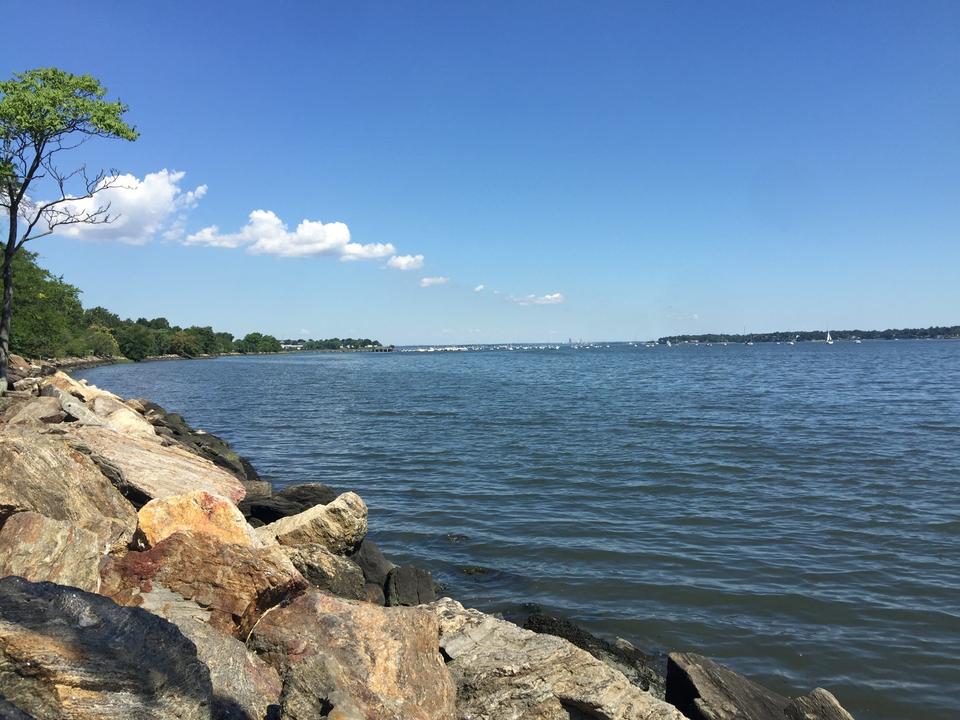

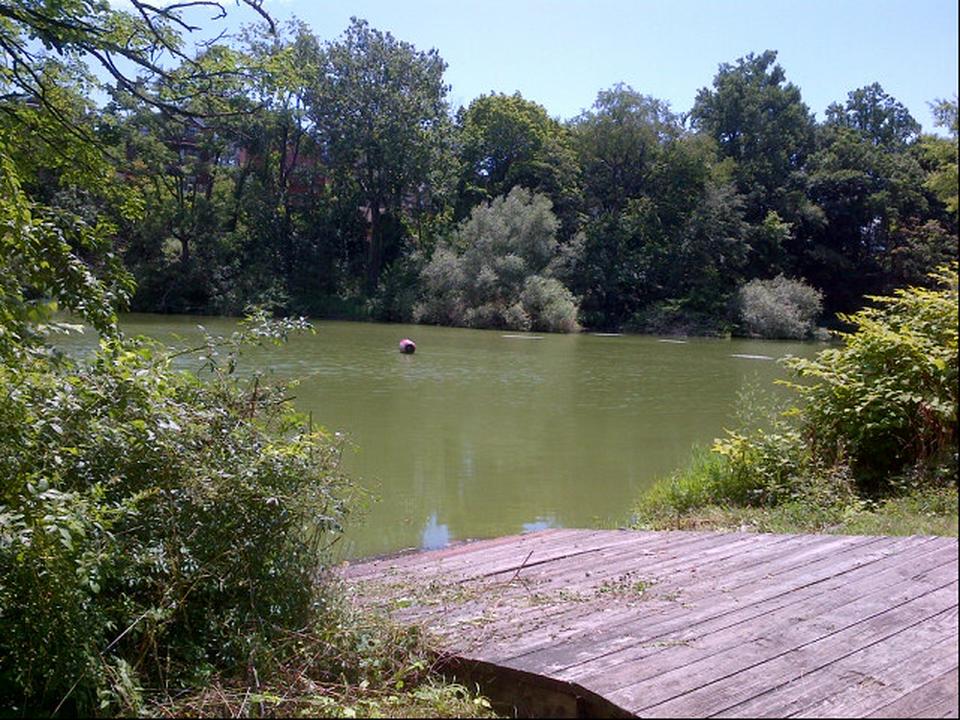
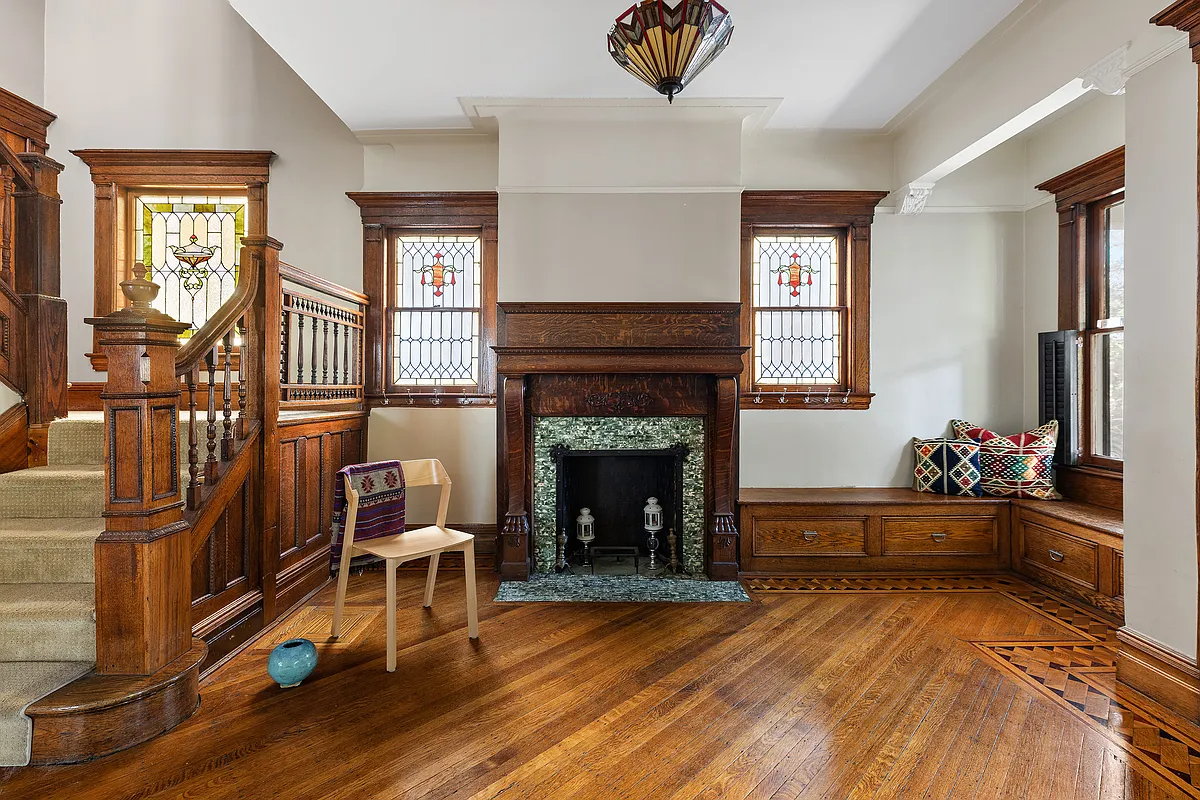
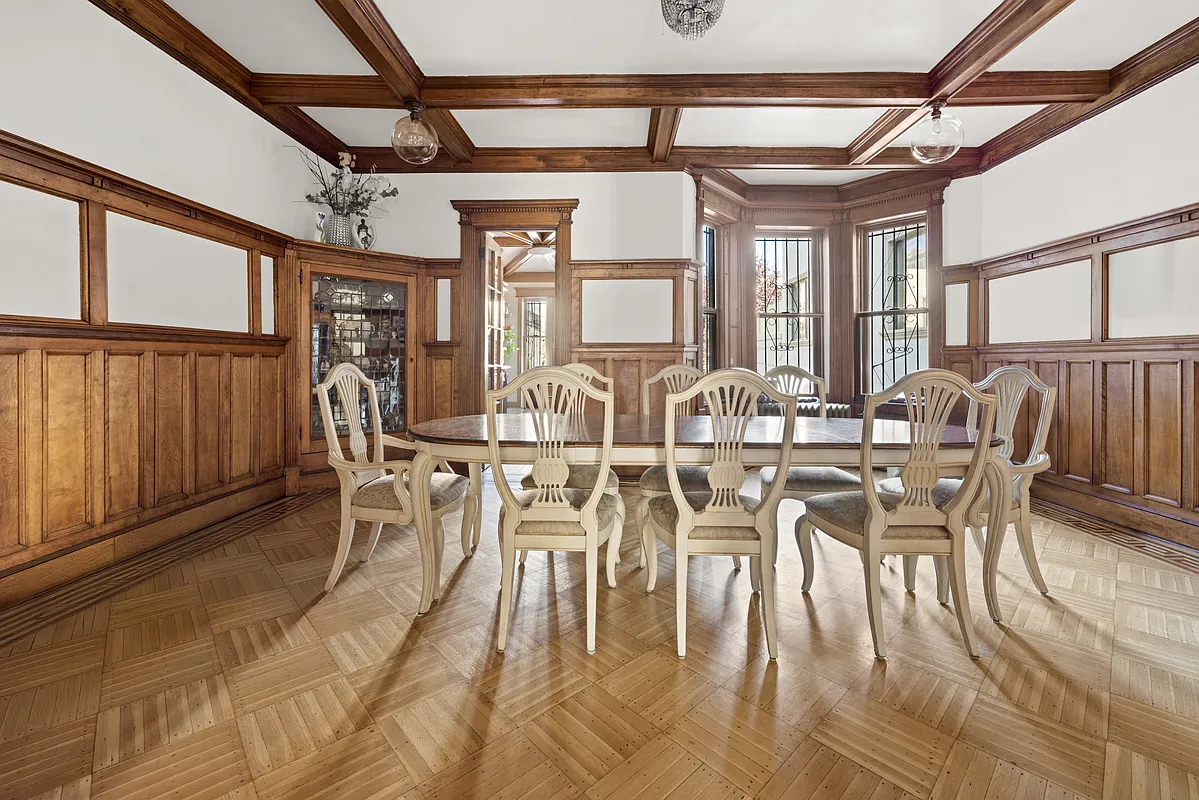
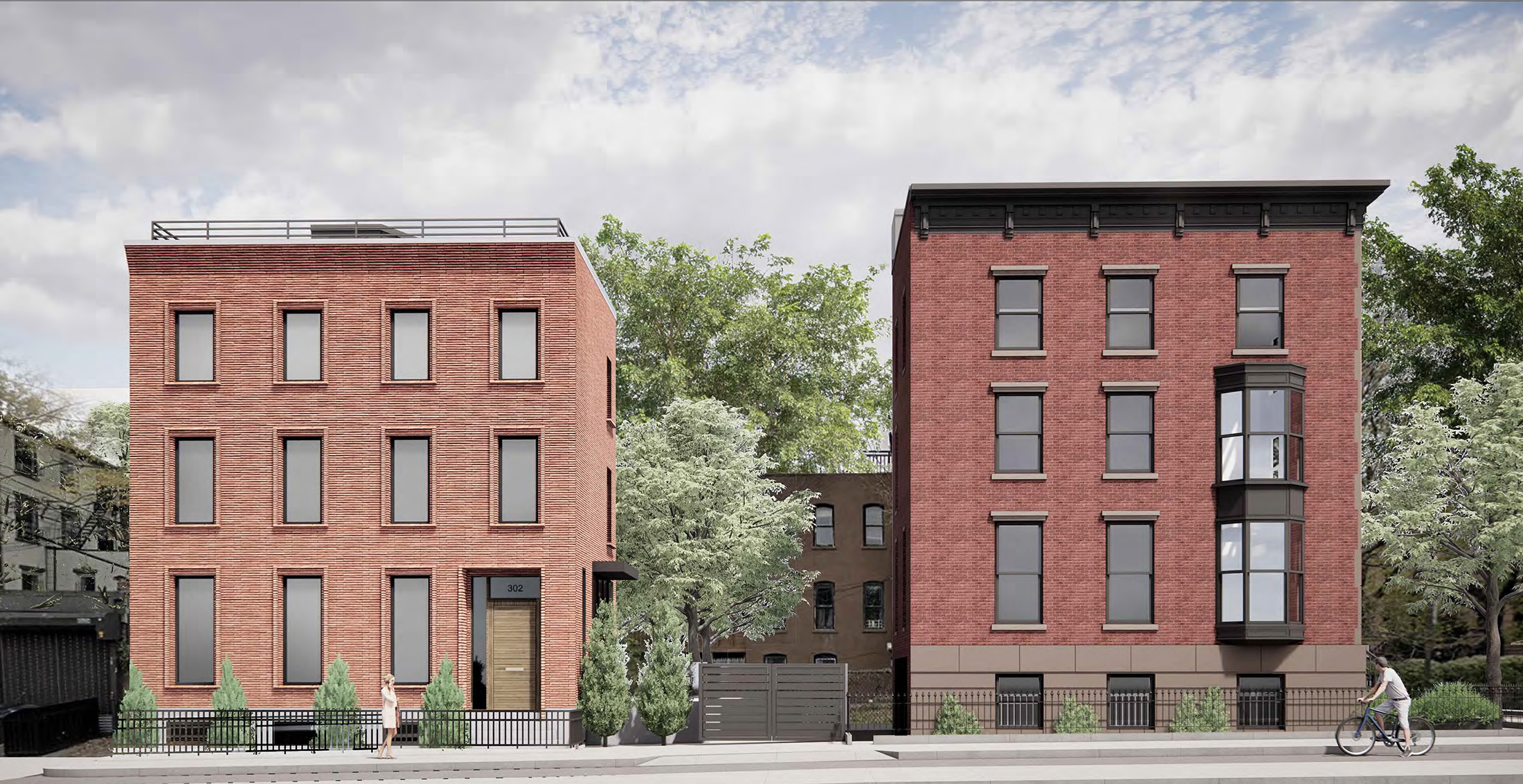
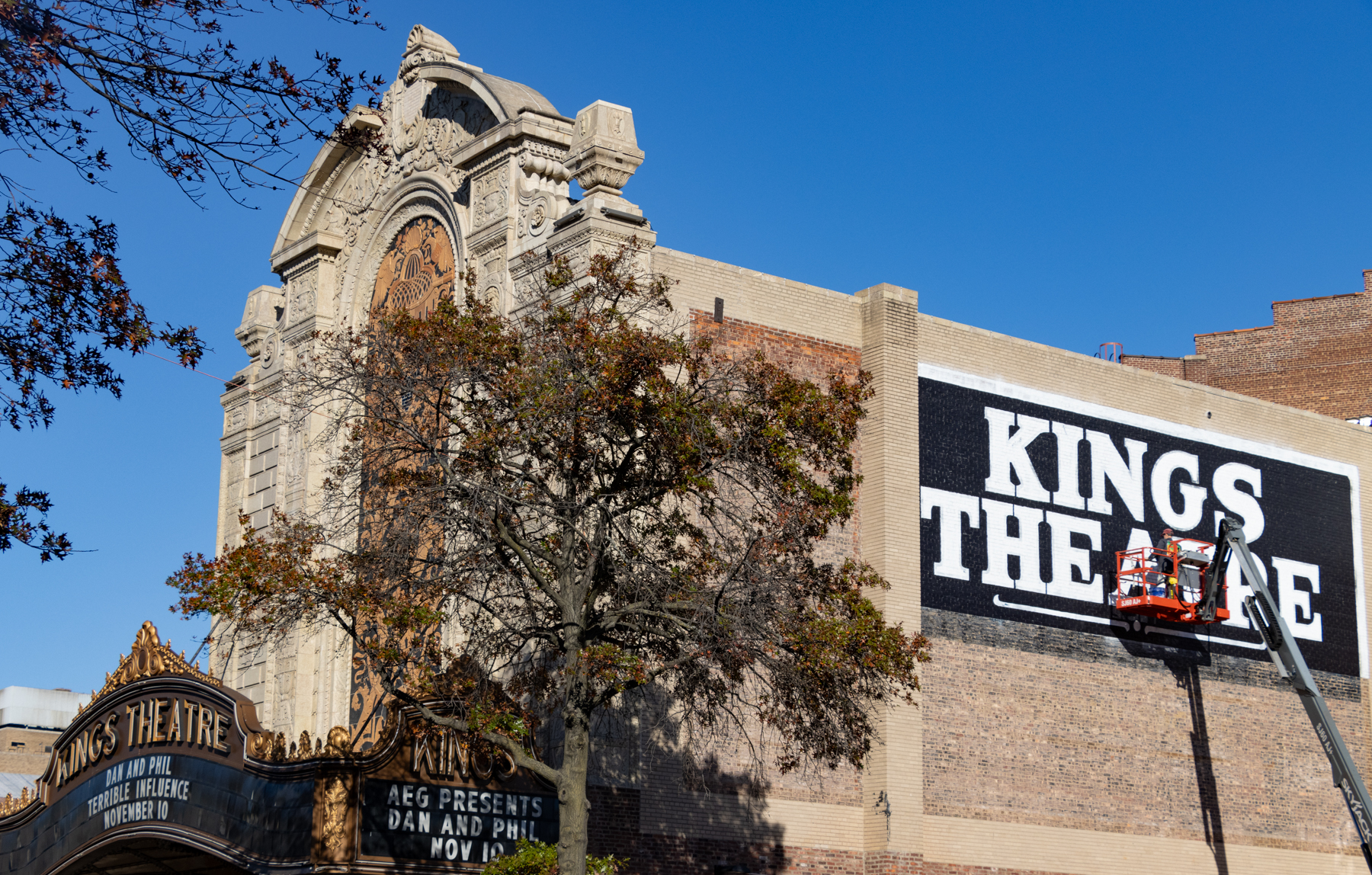




What's Your Take? Leave a Comment